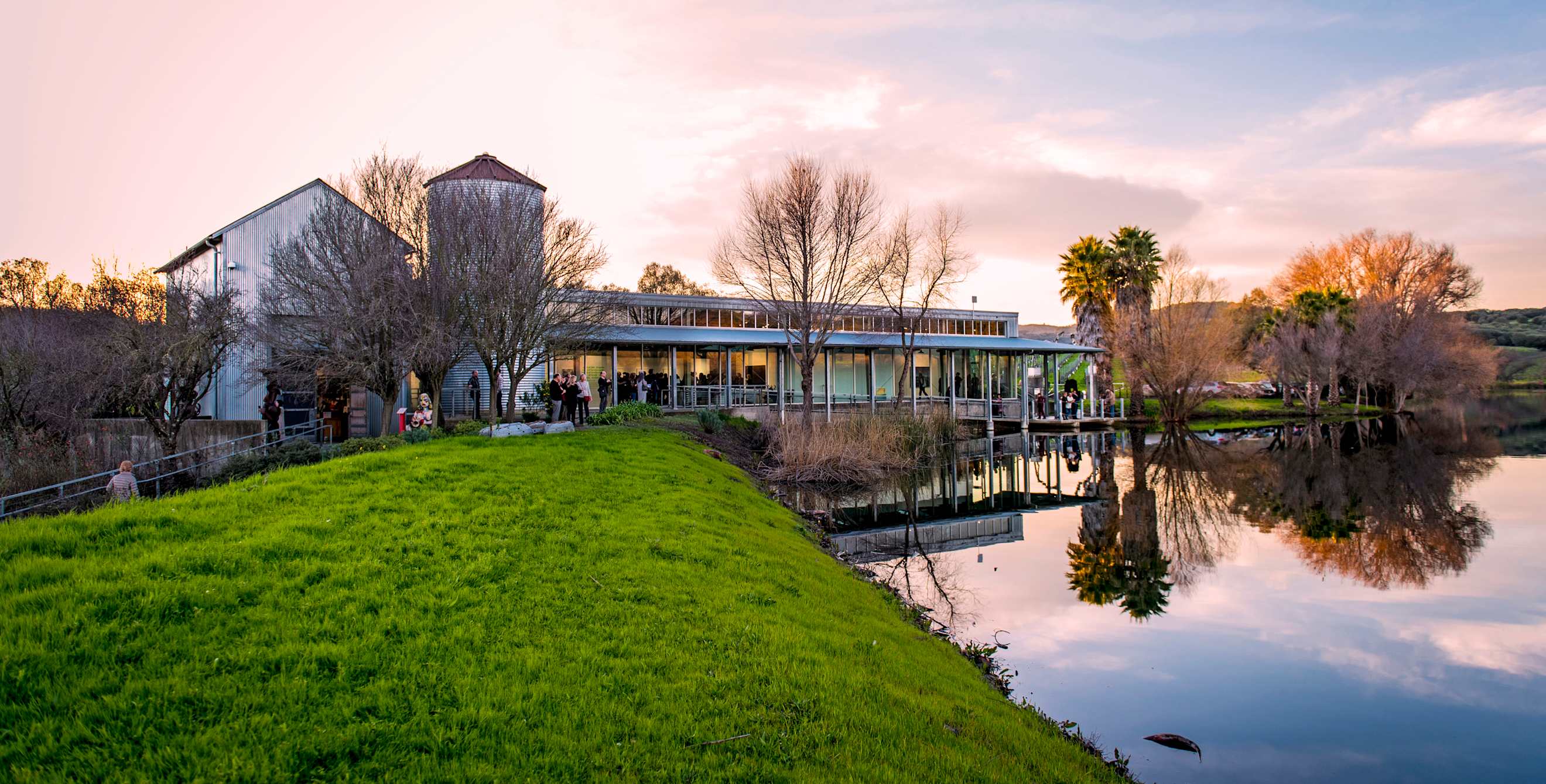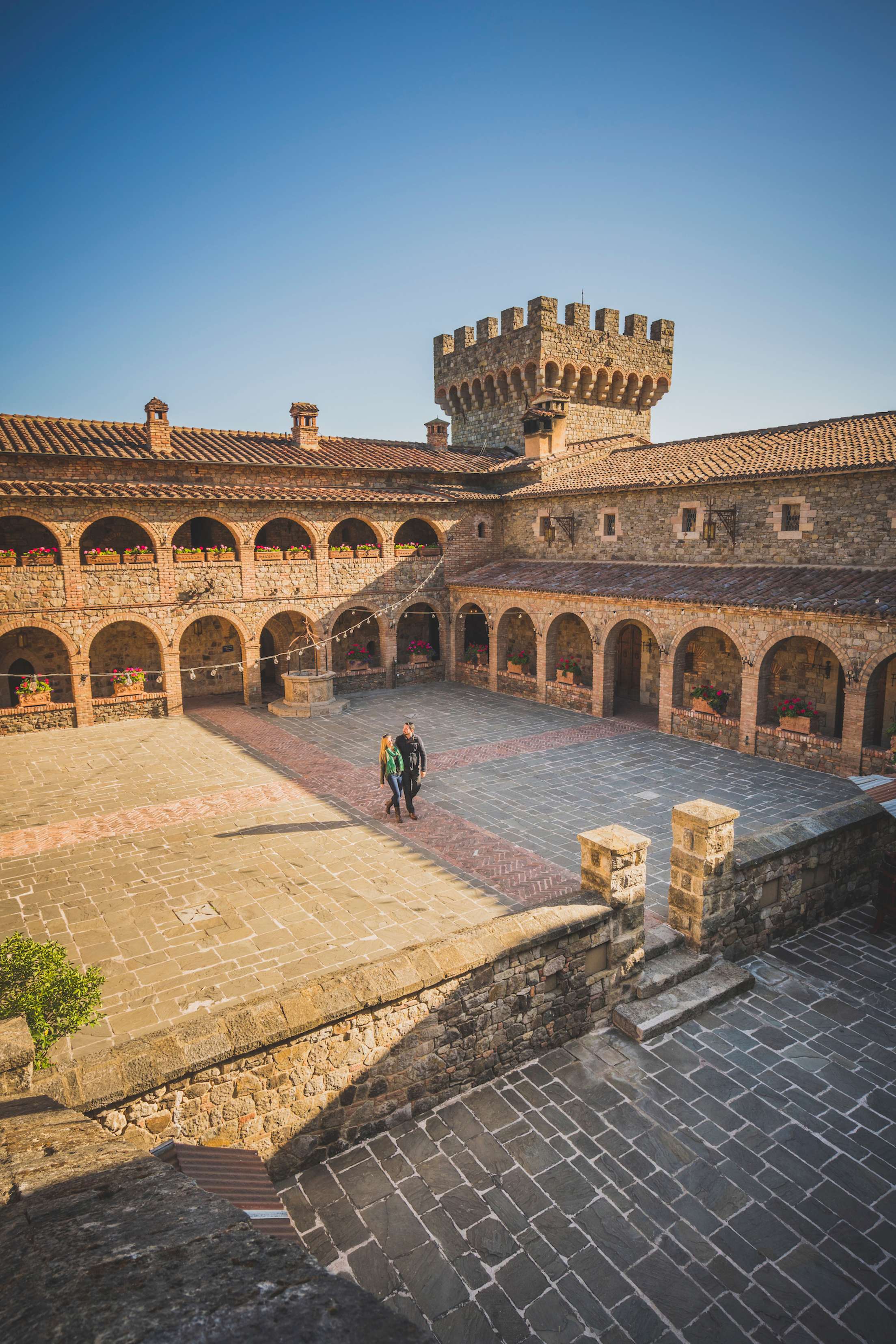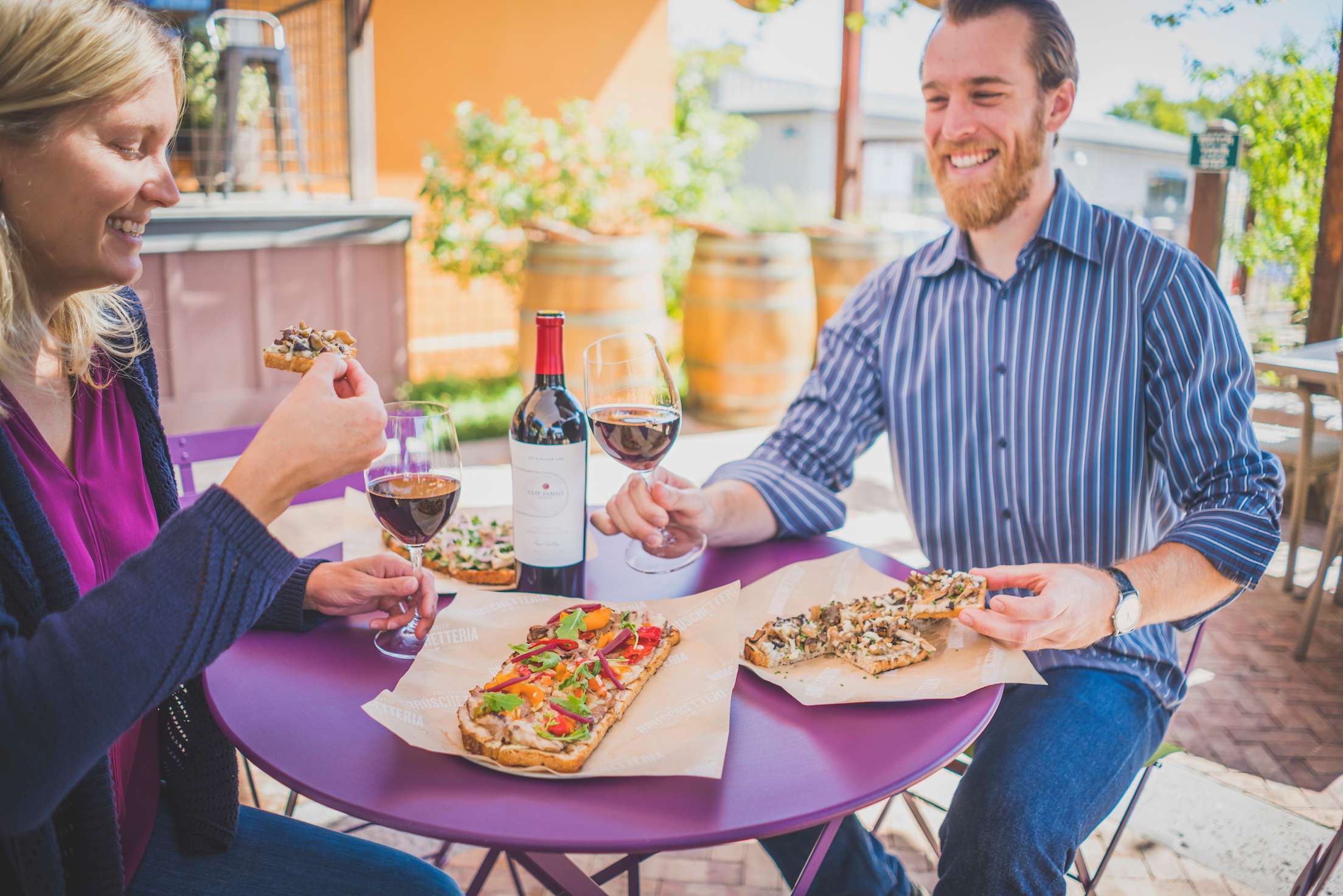
The Napa You Don't Know
Beyond its famous food and wine, California's beloved vineyard valley offers plenty more to explore.

When you think of Napa Valley, some postcard-ready images likely come to mind: fancy tasting rooms, vineyard-latticed hillsides, indulgent dinners at faux-rustic restaurants.
They're pretty pictures, but they're incomplete. They leave out some of the valley's lesser-known, more offbeat attractions—the eccentric art collections, the food trucks dishing out top-notch eats, the herd of fainting goats gamboling next to an active geyser.
You could call them Napa's hidden treasures, but they aren't that hard to find.
For example, you might head to Hall Wines in St. Helena to sample its excellent sauvignon blancs and cabernets—but on your way in, you can't miss Bunny Foo Foo, the 35-foot chrome statue of a rabbit caught in midleap that graces the winery entrance.
You'll find more art—both serious and whimsical—at di Rosa. That's the sprawling Carneros-area estate of the late Rene and Veronica di Rosa, who made their fortune growing grapes but are better known for their collection of Northern California masterpieces.
Highlights from their holdings are currently on display in the Gatehouse Gallery. But to get a better sense of the collection's breadth, take a guided tour of the 217-acre property. That will give you the chance to visit the sculpture meadow and see such quirky works as Samuel Yates's Untitled (Minuet in MG)—a filing cabinet 60 feet tall, its drawers containing a shredded MG Midget sports car.

Some winery collections are more idiosyncratic. Dario Sattui of Castello di Amorosa in Calistoga spent 14 years and $20 million re-creating a 13th-century Tuscan castle. "A lot of people said I was crazy," he says. "I probably was."
His attention to detail comes through in everything from the crenellated towers down to a dungeon that features an iron maiden, a stretching rack, and other unsavory implements. "You've got to hand it to those dungeon masters," Sattui says. "They really let their imaginations run wild."
Another extraordinary exhibit sits just six miles up the road at the famous Culinary Institute of America at Greystone. Many of the institute's visitors come for the cooking demonstrations, at which classically trained chefs expound on subjects ranging from braising to pasta making. (Most of the CIA's programs for the general public are moving to its newest campus in Napa, at the recently reopened Copia, in 2017.) The more curious can check out Brother Timothy's Corkscrew Collection. Named for a cellar master of the Christian Brothers winery that once operated on the site, it houses more than 1,000 bottle-opening gizmos.
You can pick up your own gourmet hardware at Greystone's Spice Islands Marketplace or at Napa's popular Oxbow Public Market. But for a more down-home shopping experience, check out Shackford's Kitchen Store, just a short walk from Oxbow. John Shackford (who's 87 years old and opened his Main Street store in 1975) stocks his shop with paella pans, cappuccino makers, and every other gleaming goody a cook could ask for. But he holds firmly to some throwback habits, such as hand-printing receipts and greeting regulars by name. It's modern-day Napa meets Mayberry.
Bicyclists love Napa Valley, competing with tourist buses for space on its winding roads. In St. Helena, there's even a bicycle-themed tasting room, Velo Vino, opened by Clif Bar founder Gary Erickson and his wife Kit Crawford. Among the cycling-related items on display is the trusty road bike Erickson used to surmount passes in the Alps. Its name is "Fred"—it says so right on the handlebars.

An even cooler set of wheels is parked out front: the Clif Family Bruschetteria food truck, serving succulent roast chicken and thick-cut bruschetta topped with farm-fresh ingredients. Want some spicier mobile-kitchen fare? Fans of Calistoga's La Gitana taco truck say it dishes up some of the best Mexican food in the valley.
Calistoga is best known for its geothermal waters, including the unexpected spectacle of the Old Faithful Geyser of California. It actually isn't that faithful, gushing every five to 10 minutes in winter and every 25 to 60 in summer; it reputedly pauses longer when an earthquake is imminent.
The other big attraction on the geyser grounds is a herd of Tennessee fainting goats, named for the genetic condition that causes them to topple over when they're spooked. That may be a trait of the breed, but this particular herd seems to have overcome it. Faint? They barely seem to blink when kids rush at them yelling "Boo!"
They're as relaxed as the folks soaking in the town's many mud baths, like those at Dr. Wilkinson's Hot Springs Resort. Compared with some of the swankier spas dotting the valley (such as the Silverado Resort and Spa, where staffers administer deep-tissue massage using golf balls), Dr. Wilkinson's has a decidedly retro vibe. After all, it's been dunking guests in tubs of mud since 1952.
There's history all over the valley, if you know where to look. Bale Grist Mill State Historic Park (between Calistoga and St. Helena) is home to the only surviving water-powered mill in California. Originally built in 1846, the mill still grinds rye, barley, and other grains; you can purchase some of the results in the visitor center.
About 13 miles away, you'll find Robert Louis Stevenson State Park, named after the Scottish-born author. In 1880, he and his wife honeymooned here. The cabin where they stayed is gone, the only reminder of it a stone marker beside the park's Stevenson Memorial Trail.
The trail leads five miles or so to the 4,344-foot summit of Mount St. Helena. That's an excellent spot to sit down with a picnic, open one of those primo bottles you just bought, and appreciate the full range of what Napa has to offer.